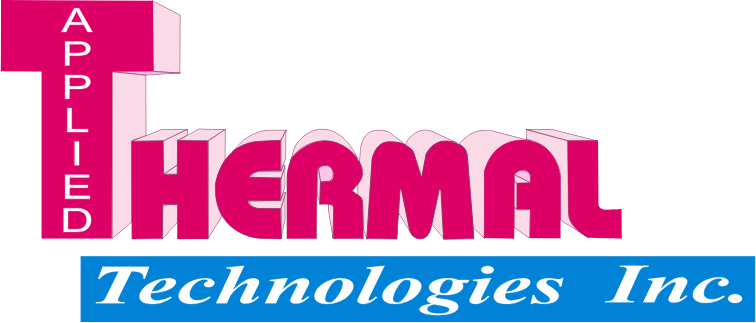Metal Heat Treating Glossary
WHAT IS METAL AGING?
A phase change in an alloy that hardens the metal.
WHAT IS METAL ANNEALING?
A heat treatment that softens metals and produce desired changes in the microstructure. Vacuum annealing is referred to as bright annealing. Annealing improves machinability, dimensional stability and other properties.
WHAT IS METAL DEGASSING?
Removes gas from the metal by means of heat treatment. Vacuum processing is used to degas titanium, copper and tantalum.
WHAT IS DIFFUSION BONDING?
A joining method that involves atomic or elemental movement from one metal to another. With heat treatment and pressure, diffusion bonding occurs between solids. In vacuum brazing, the diffusion bond occurs between the braze alloy and parent metals being joined.
WHAT IS A GRAPHITE COATING PROCESS?
TiC and SiC coating is a vacuum deposition process where titanium or silicon carbide compound is formed on graphite components.
Engineering Properties of TiC Coating:
* Melting temperature = 3067F
* Density, g/cm3 = 4.91
* Young’s Modulus, GPa = 460
* Coefficient of Thermal Expansion, ppm/K = 7.7
* Hardness (Vickers), kg/mm2 = 3200
* Crystal Structure = Cubic (NaCl)
WHAT IS METAL HARDENING AND TEMPERING?
A common heating and cooling treatment used to harden and toughen the metal. The results are measured by various hardness scales including Brinell and Rockwell. Hardened metal is reheated in order to temper the metal; hardness is lowered but the part is toughened. Vacuum process will result in bright finishes. Temperature of the temper operation determines the ultimate hardness.
WHAT IS A HOMOGENIZING PROCESS?
A vacuum heat treatment that eliminates or decreases chemical segregation by diffusion.
WHAT IS METAL HYDRIDING/DEHYDRIDING?
The addition of hydrogen to metal embrittles it for pulverizing. After pulverizing, hydrogen is removed through dehydriding so the material becomes ductile.
WHAT IS HYDROGEN ANNEALING?
Annealing under a controlled atmosphere of hydrogen to prevent oxidation or discoloration of parts. Hydrogen is a reducing gas, so hydrogen annealing also can “surface clean” oxidized parts of some alloys by reducing the oxide. Sometimes referred to as “bright annealing”. Hydrogen also will decarburize steel parts, so hydrogen annealing is used to improve the magnetic properties of carbon steel by decarburizing the steel. Sometimes referred to as “magnetic annealing”.
WHAT IS ION NITRIDING?
A high-voltage glow discharge is used to bombard low and medium alloy, tool and stainless steel surfaces with nitrogen ions. The nitrogen ions form nitrides with the alloy elements and diffuse into the part resulting in clean, surface hardening.
WHAT IS MAGNETIC ANNEALING?
The benefit of magnetic annealing is that the magnetic permeability of the metal is preserved.
WHAT IS METAL NORMALIZING?
Heat treatment at a temperature above the transformation range creates a phase change in the metal’s microstructure. The benefit of vacuum normalizing is the refinement of grains.
WHAT IS PRECIPITATION HARDENING?
Hardening is achieved by precipitation of an element from a supersaturated solid solution.
WHAT IS METAL SINTERING?
By heat treating below the melting point of the metal, adjacent molecular particle surfaces of metallic powders can be bonded. High temperature vacuum sintering is performed at elevated temperatures up to 2650 degrees F. This results in finished parts with higher density and strength.
WHAT IS SOLUTION TREATING?
One or more of the metal elements or carbides enter into a solid solution and is then cooled rapidly enough to hold the alloy in a solution.
WHAT IS METAL STRESS RELIEVING?
Heat treating with a slow cooling cycle reduces stresses in fabricated or machined metal.
WHAT IS VACUUM BRAZING?
Metal is joined when a braze alloy creates a diffusion bond between the metal components during the thermal vacuum process. Finished parts are bright and clean.
WHAT IS VACUUM HEAT TREATING?
Heating and cooling solid metal and alloy in a vacuum furnace creates certain desired conditions or mechanical properties. The controlled environments and precise temperature controls also enable the achievement of higher standards for the metal or alloy part. The process delivers a bright and clean finish.
